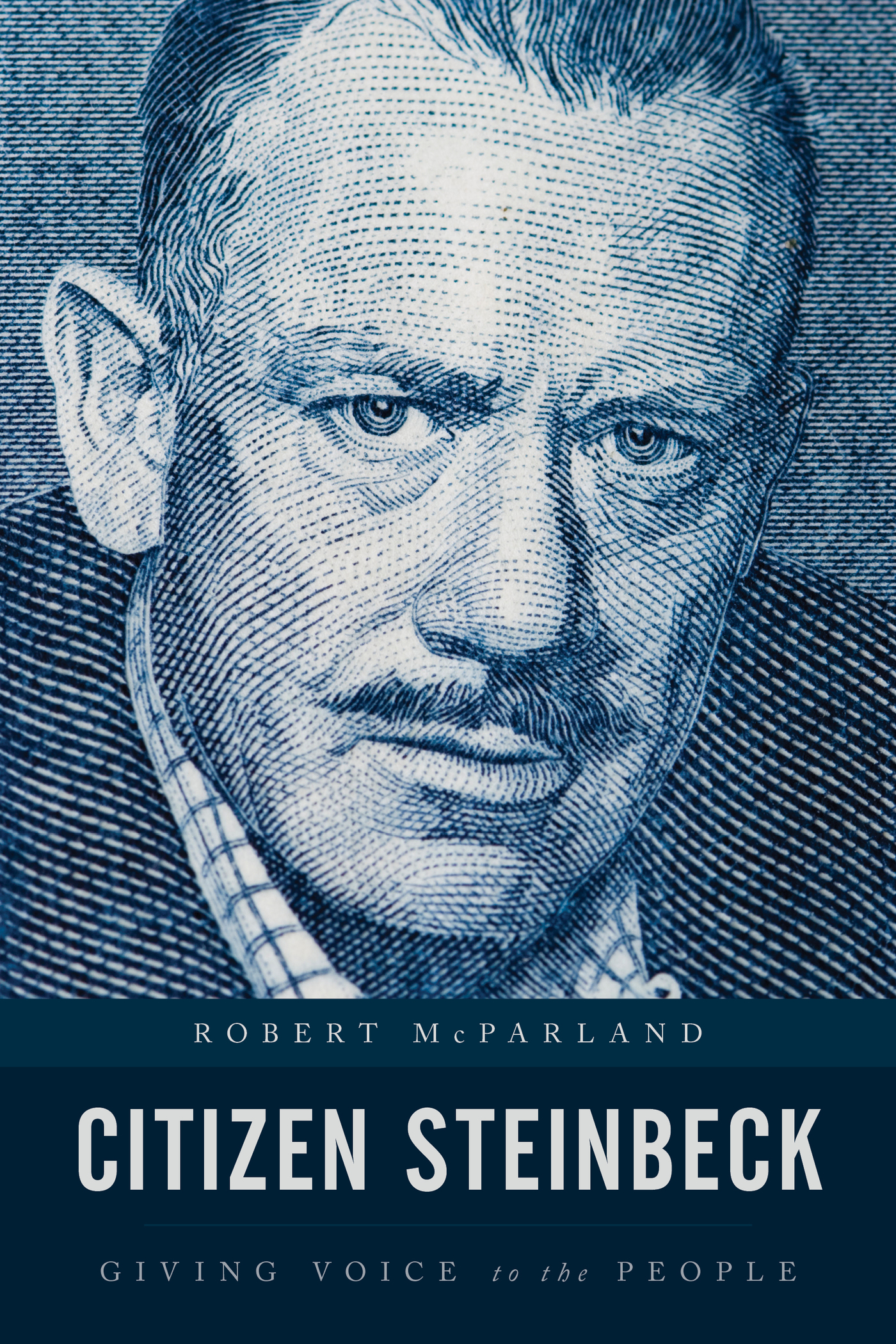Citizen Steinbeck
Contemporary American Literature
Series Editor: Bob Batchelor
Gatsby: The Cultural History of the Great American Novel, by Bob Batchelor, 2013.
Michael Chabons America: Magical Words, Secret Worlds, and Sacred Spaces, edited by Jesse Kavadlo and Bob Batchelor, 2014.
Hypermasculinities in the Contemporary Novel: Cormac McCarthy, Toni Morrison, and James Baldwin, by Josef Benson, 2014.
Stephen Kings Contemporary Classics: Reflections on the Modern Master of Horror, edited by Philip L. Simpson and Patrick McAleer, 2015.
Beyond Gatsby: How Fitzgerald, Hemingway, and Writers of the 1920s Shaped American Culture, by Robert McParland, 2015.
Aging Masculinity in the American Novel, by Alex Hobbs, 2016.
James Jones: The Limits of Eternity, by Tony J. Williams, 2016.
Citizen Steinbeck: Giving Voice to the People, by Robert McParland, 2016.
Giving Voice to the People
Robert McParland
ROWMAN & LITTLEFIELD
Lanham Boulder New York London
Published by Rowman & Littlefield
A wholly owned subsidiary of The Rowman & Littlefield Publishing Group, Inc.
4501 Forbes Boulevard, Suite 200, Lanham, Maryland 20706
www.rowman.com
Unit A, Whitacre Mews, 26-34 Stannary Street, London SE11 4AB
Copyright 2016 by Rowman & Littlefield
All rights reserved. No part of this book may be reproduced in any form or by any electronic or mechanical means, including information storage and retrieval systems, without written permission from the publisher, except by a reviewer who may quote passages in a review.
British Library Cataloguing in Publication Information Available
Library of Congress Cataloging-in-Publication Data
Names: McParland, Robert, author.
Title: Citizen Steinbeck : giving voice to the people / Robert McParland.
Description: Lanham, Maryland : Rowman & Littlefield, [2016] | Series: Contemporary American Literature | Includes bibliographical references and index.
Identifiers: LCCN 2016012052 (print) | LCCN 2016025457 (ebook) | ISBN 9781442268302 (hardback : alk. paper) | ISBN 9781442268319 (electronic)
Subjects: LCSH: Steinbeck, John, 19021968Influence. | Steinbeck, John, 19021968Criticism and interpretation.
Classification: LCC PS3537.T3234 Z7324 2016 (print) | LCC PS3537.T3234 (ebook) | DDC 813/.52dc23
LC record available at https://lccn.loc.gov/2016012052
 TM The paper used in this publication meets the minimum requirements of American National Standard for Information Sciences Permanence of Paper for Printed Library Materials, ANSI/NISO Z39.48-1992.
TM The paper used in this publication meets the minimum requirements of American National Standard for Information Sciences Permanence of Paper for Printed Library Materials, ANSI/NISO Z39.48-1992.
Printed in the United States of America
Acknowledgments
The goal of this book is to introduce readers to the extraordinary variety in the works of John Steinbeck and to his commitment of care for humanity and his care for the art of writing. This study of Steinbeck owes a considerable debt to the work of many Steinbeck scholars and teachers of Steinbecks writings. I write with appreciation for the continuing work of the Steinbeck Center. I am thankful for access to collections of the J. Pierpont Morgan Library and the New York Public Library and to the Steinbeck collection at Ball State University in Muncie, Indiana. Among the Steinbeck scholars whose work informs these pages are Jackson J. Benson, Susan Shillinglaw, Barbara Heavilin, Robert DeMott, John Ditsky, Warren French, John Timmerman, Tetsumaro Hayashi, Mimi Gladstein, Louis Owens, Donald Coers, Jay Parini, Susan Beegel, Danica Cerce, Henry Veggian, Michael J. Meyer, Brian Railsback, Luchen Li, Roy S. Simmonds, and many others. I am particularly indebted to the late Stephen K. George for his suggestions concerning new directions in Steinbeck studies. My thanks go to Bob Batchelor and Stephen Ryan, who have expertly guided the Contemporary American Literature series. This book also owes a debt to all of the teachers who have taught Steinbecks stories, the often unsung heroes who work daily to expand our thinking, to improve our reading, and to help us to realize our voices and thoughts in writing. This book is dedicated to these thoughtful tenders of the human spirit.
Introduction
We have not yet discovered a path into the future. I think we will find one, but its direction may be unthinkable to us now.
In America and Americans, the last book John Steinbeck wrote during his lifetime, he expressed care and concern for our worlds future: We are living in two periods. Part of our existence has leaped ahead and a part has lagged behind.
John Steinbeck is relevant for us today because of his humanism, his accessibility, and the empathy that his stories can evoke. Playwright Arthur Miller once said that no other American writer with the possible exception of Mark Twain... so deeply penetrated the political life of the country. Steinbeck is still very much with us. In film and on the page, the echoes of Steinbecks stories continue to come to life generation after generation.
There were about twenty-five hundred people living in Salinas, California, when John Steinbeck was born there in 1902. When he published The Grapes of Wrath there were about seventy-six million people living in the United States. That is about one-quarter of the population of the United States today. Amid new generations of readers, forty years after Steinbecks death, Robert Gottlieb, writing in the New York Review of Books (April 17, 2008), asked a reasonable question: Why Steinbeck? Is considering his work in the second decade of the twenty-first century an exercise in nostalgia, recalling an author best known for writing period pieces of the 1930s? Or is there something universal in Steinbecks fictional world that speaks to our contemporary society? In a complex global age of cultural convergence, in what respect is Steinbeck an international writer, a storyteller for all of us? Why read Steinbeck now?
Perhaps the answer is that his work is inescapable. Books like those of Steinbeck help us to make sense of our own times. In 2002, the centenary of Steinbecks birth, a variety of articles about him appeared in the news media. Subsequently, Steinbeck was deemed highly relevant by some journalists who focused attention on The Grapes of Wrath, connecting the novel with the economic recession. Novels like Of Mice and Men, East of Eden, and In Dubious Battle touch upon universal human concerns and help us to interpret the contemporary world. They not only emerge from a specific time and place, but they illuminate the human condition and address fundamental themes of importance to us all. They prompt us to think critically and contextually about our sociocultural world and what we value.
Steinbeck lingers among us as one of those American authors that most everyone has read, or has been asked to read in a school setting, at one time or another. Virtually all of Steinbecks published works remain in print. The Grapes of Wrath sells thousands of copies every year. Of Mice and Men had another run on the Broadway stage in 2014. The story remains a staple in schools; it is a short novel that fits nicely into the high school curriculum. The Red Pony still arouses sentiment and The Pearl provides a brief moral tale for classroom use, while stories like The Chrysanthemums are regularly anthologized in college texts. Steinbeck is a storyteller who is accessible. His language is not complex and his syntax is not involved. He tells the stories of ordinary people, characters whose lives are lived on the margin of the social mainstream. Steinbeck created stories he hoped that people would read. If people dont read it, it isnt going to be literature, he wrote.

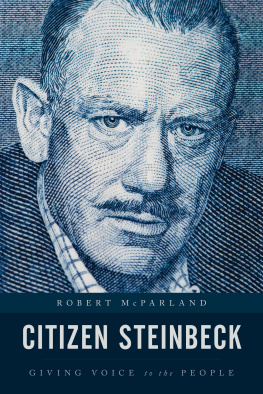


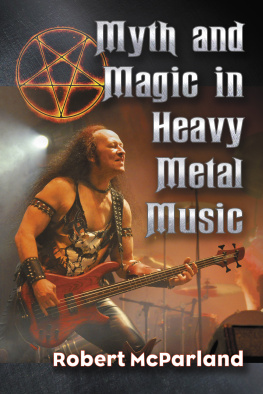


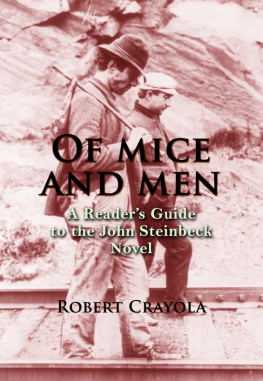



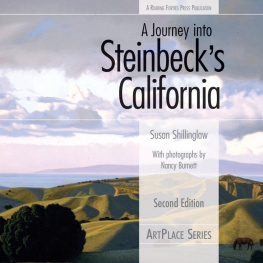

 TM The paper used in this publication meets the minimum requirements of American National Standard for Information Sciences Permanence of Paper for Printed Library Materials, ANSI/NISO Z39.48-1992.
TM The paper used in this publication meets the minimum requirements of American National Standard for Information Sciences Permanence of Paper for Printed Library Materials, ANSI/NISO Z39.48-1992.